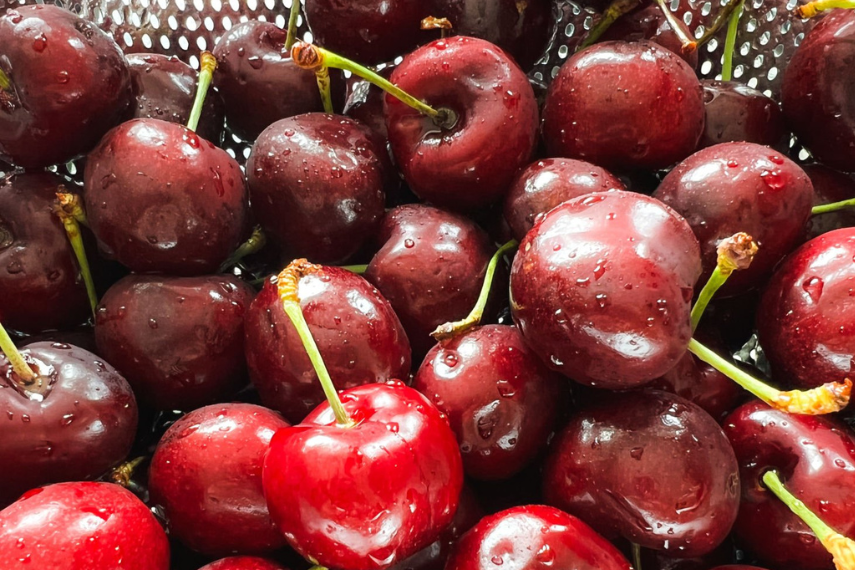Delicious and Nutritious: Dr. Singh's Groundbreaking Journey to Enhance Cherry Varieties in Canada

Cherries, with their luscious taste and brilliant red hue, have been a symbol of abundance and life in various cultures. But beyond their aesthetic appeal, they hold a hidden potential waiting to be unlocked. In the heart of Ontario's fertile Niagara region, an innovative initiative is taking shape.
Dr. Ashutosh Singh, an Associate Professor from the School of Engineering at the University of Guelph specializing in food and bioprocess, is on a mission to revolutionize the way we view and promote lesser-known varieties of cherries.
The Cherry on Top
Dr. Singh's research on cherries, in collaboration with Dr. Jayasankar Subramanian, a professor in plant agriculture, has sparked particular interest. They embarked on a comparative analysis of different varieties of sour cherries grown in Canada, North America, and Europe.
"We discovered that Canadian cherries stand tall alongside the established Montmorency variety, and they have potent antioxidants and other bioactive compounds," Dr. Singh explains. These antioxidants and bioactive compounds, known for their health benefits, also hold the potential to relieve conditions like arthritis and gout.

Dr. Singh believes that the nutritional advantages of Canadian varieties offer an opportunity for farmers to tap into a larger market. The challenge, however, lies in convincing farmers and the food industry to embrace new varieties. The established market for Montmorency and the potential capital required to adjust processing technologies act as barriers.
However, barriers are meant to be overcome and Dr. Singh's research is on the verge of doing just that. The research has revealed fresh opportunities that can fuel demand among consumers who are searching for healthier alternatives. Additionally, by working alongside food industries, Dr. Singh plans to modify current processing technologies to incorporate these new varieties without requiring substantial capital investment. The research results hold promise for various sectors, including policy-makers, the food industry, and even the pharmaceutical industry. By selecting the right variety of sour cherries, each can tailor the use to fit their specific needs.
A New Chapter
"It's about seeing beyond the ordinary and embracing the extraordinary potential of what's around us," says Dr. Singh, reflecting on the broader implications of his research on cherries. This work is just the beginning of a more significant endeavor focused on identifying and promoting Canadian cherry varieties that are not only delicious but also nutritionally rich. He notes the importance of promoting the visibility of Canadian breeders and bringing new varieties to the market.
Dr. Singh is hopeful that the younger generation will show interest in sour cherries and support local farmers. By highlighting their unique advantages, this research offers solutions to foster a more sustainable and varied agricultural industry. The combination of scientific techniques and an emphasis on local people makes this endeavor a promising and inventive approach to promoting food sustainability.

This story was written by Mehran Bozorgi as part of the Science Communicators: Research @ CEPS initiative. Mehran is a PhD candidate in the School of Engineering under Dr.s Syeda Humaira Tasnim and Shohel Mahmud. His research focus is on the development of solar-assisted cooling systems to achieve thermal comfort conditions in buildings in different climate conditions, especially in hot and humid cities.
Funding Acknowledgement: This work was supported by the (NSERC) Natural Sciences and Engineering Research Council of Canada with Grant number RGPIN-2017-03975.
Reference: P. Kaur, K. Morden, J. Subramanian, and A. Singh, “Comparative analysis of physicochemical characteristics, bioactive components, and volatile profile of sour cherry (Prunus cerasus),” Can. J. Plant Sci., pp. 1–54, Jun. 2023, doi: 10.1139/CJPS-2022-0263.